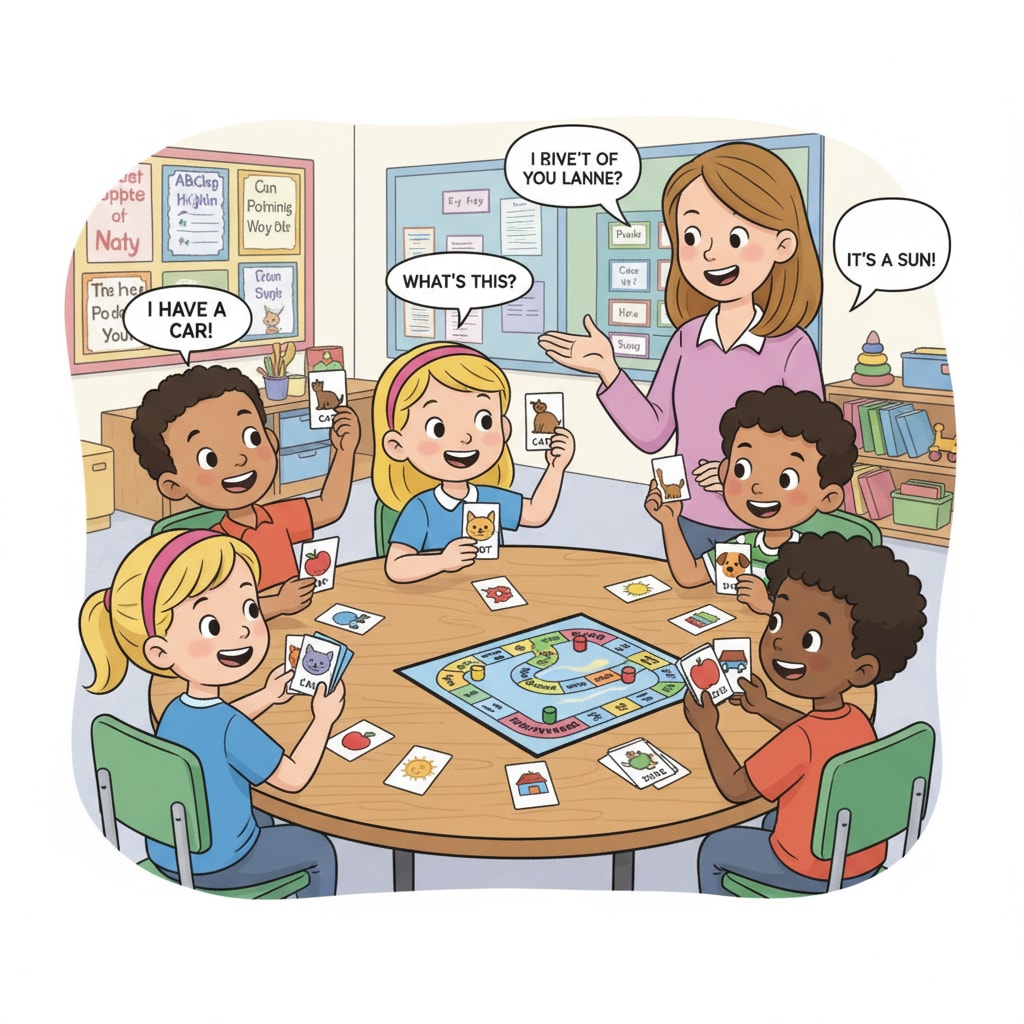Second language teaching in early primary schools requires careful consideration of various teaching methods. Introducing English at this stage can significantly impact a child’s language development. Let’s explore some effective strategies to make this learning process enjoyable and productive.

Online Short Lessons vs. Whole-Class Instruction
Online short lessons have gained popularity in recent years. They offer flexibility, allowing children to learn at their own pace. For example, platforms like ABCmouse provide engaging short lessons with interactive elements. However, whole-class instruction also has its merits. It creates a social learning environment where students can interact with their peers and the teacher. According to Britannica, group learning can enhance communication skills. In a whole-class setting, teachers can immediately address students’ questions and guide the learning process.
Game-Based Learning and Formal Training
Game-based learning is a fun way to introduce English to young learners. Games like “English Bingo” or “Memory Card Games” can make vocabulary learning exciting. This method encourages active participation. On the other hand, formal training, such as structured grammar lessons, helps build a solid foundation. Teachers need to strike a balance between the two. As stated on Wikipedia’s language learning page, combining playfulness with structured learning can lead to better language acquisition. For instance, after a game session, a short grammar explanation can reinforce what the students have learned through the game.

Another important aspect is the choice between integrated and standalone courses. Integrated courses incorporate English learning into other subjects like art or music. This makes the learning more context-based and relevant. Standalone English courses, meanwhile, focus solely on language skills. Educators should evaluate the needs of their students to decide which approach is more suitable.
Readability guidance: By comparing different teaching methods, educators and parents can make informed decisions. Using a combination of these strategies can create a rich learning environment for early primary students to embrace the second language.


